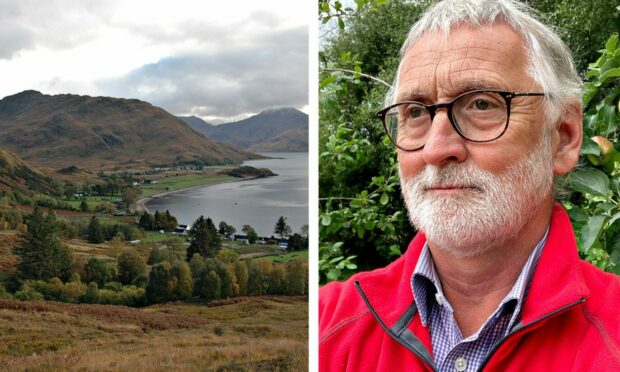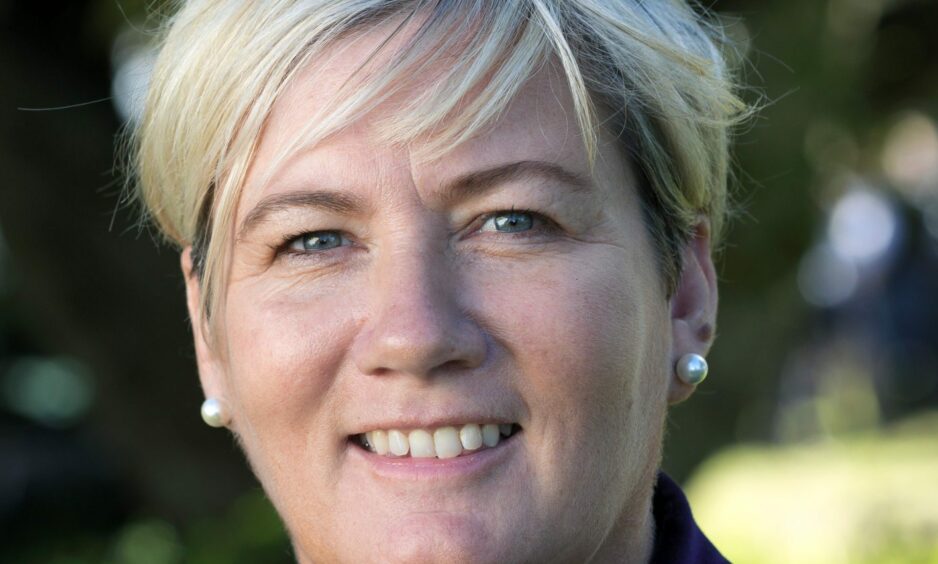Government and public bodies should buy up areas of Scotland to ensure fairer distribution of land, according to a former minister.
Peter Peacock says ambitious land reform means private landlords “who own most today must own less tomorrow”.
Mr Peacock is a former education minister, Highland Council leader and long-time land reform advocate.
He makes his comments in a paper published by Community Land Scotland (CLS) ahead of the upcoming Land Reform Bill. A version appears in the Press and Journal today
He says the equivalent of 0.025% of Scotland’s population own 67% of its private rural land.
“This statistic stands as a shaming symbol of national inequality.
“An issue that will customarily provoke responses from most in Scotland that this simply ‘cannot be right’, not disputing the fact, but an allusion to the need for ambitious, radical land reform.”
‘Same land stays in same few hands’
It comes amid growing interest among private buyers seeking to compensate for carbon emissions by funding “offsetting” initiatives, including tree planting.
Mr Peacock’s submission states that only around 3% of land is in community ownership.
At the current rate of progress, less than 6% will have moved away from private ownership over the next century.
“Our highly unusual patterns of landownership hardly alter as the decades pass.
“The same land stays in the same few hands or passes to another in the rich elite that alone can participate in a land market increasingly beyond the reach of ordinary Scots and its communities.”
He said the government may face legal challenges and claims for compensation over private property rights.
But he said: “With land being a finite resource, the essential truth that those who own most today must own less tomorrow needs to be faced if real progress toward greater economic and social justice is to be achieved.”
Mr Peacock argues one route would be for the government or agencies to actively participate in the land markets.
This could involve Forest and Land Scotland, Crown Estate Scotland and councils acquiring land.
There is precedent for such actions. The state bought land in the early 20th century to create hundreds of agricultural tenancies, as well as land for forestry.
Mr Peacock suggests income from seabed leases could be used for land purchases.
100 years since creation of first community landowner
He said wealth and opportunity will be better shared only by a change in landowner attitudes. That, or through radical legislative reform.
“Is Scotland to finally act or eternally air our shared national grievance that so few own so much land?”
Mr Peacock has previously called for the top 100 landowners in Scotland to be named in a “rich list”. He wants to show how much public money they get.
Earlier this month CLS marked 100 years since the creation of Scotland’s first community landowner. Then, there were calls for greater and more ambitious land reform.
Sarah-Jane Laing is chief executive at Scottish Land and Estates. She said: “The true picture of landownership in Scotland today is that there are many, many thousands of owners of all shapes and sizes, including charities, communities, government, NGOs and private.
“The Scottish Government and its agencies are already the largest landowners and many taxpayers would find it strange for government to buy even more land.
“Recent Scottish Government-led transactions, such as the purchase of the 16,500acre Glenprosen Estate in Angus for £17.5 million, were completed off-market and with no say or involvement from the community or those who lived and worked on the estate.”
She said the group supports all types of ownership. In tackling the climate and nature emergency how land is used, rather than who owns it, is the most crucial issue.
“Rather than pursuing fragmentation, achieving landscape-scale peatland restoration and forestry creation will help cut carbon emissions.”
Are you interested in more exclusive and breaking Highland and Islands news from the P&J? If so, why not join our dedicated Facebook page HERE


